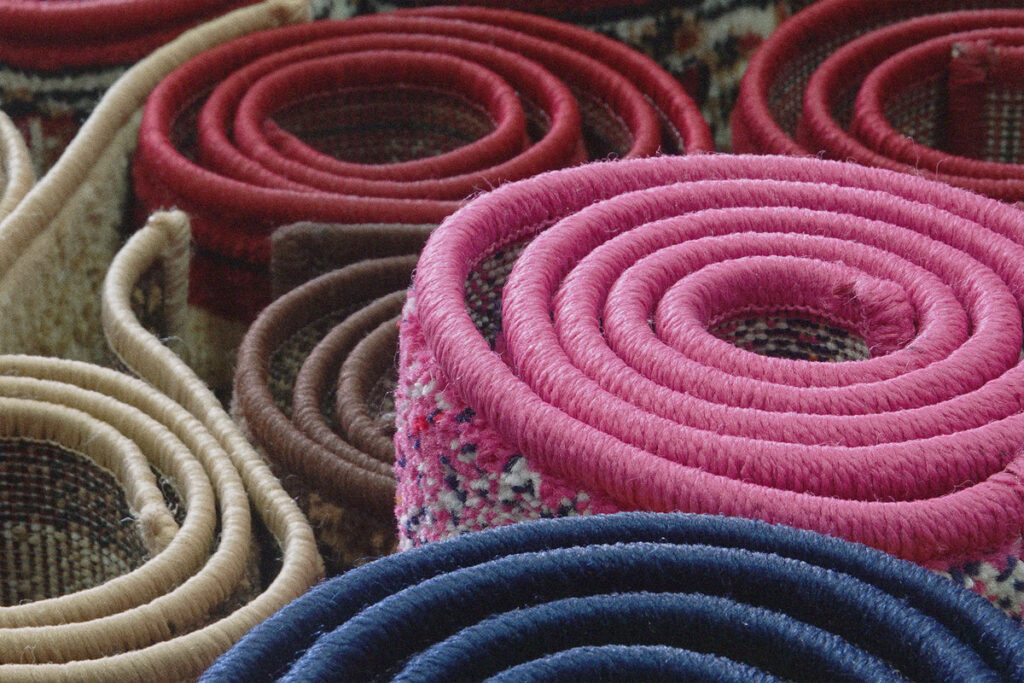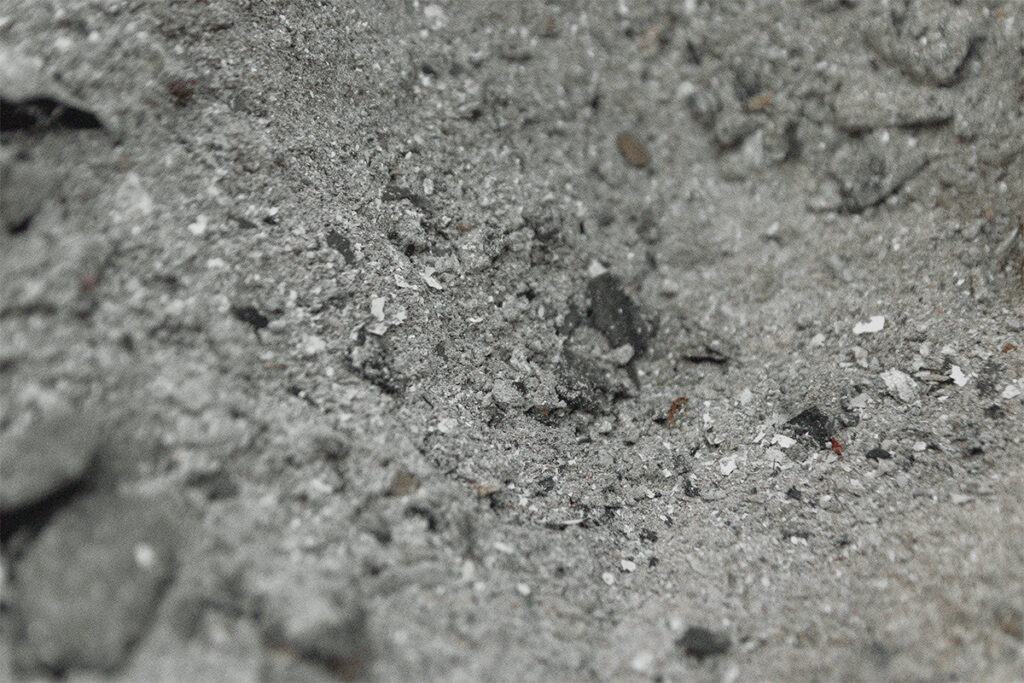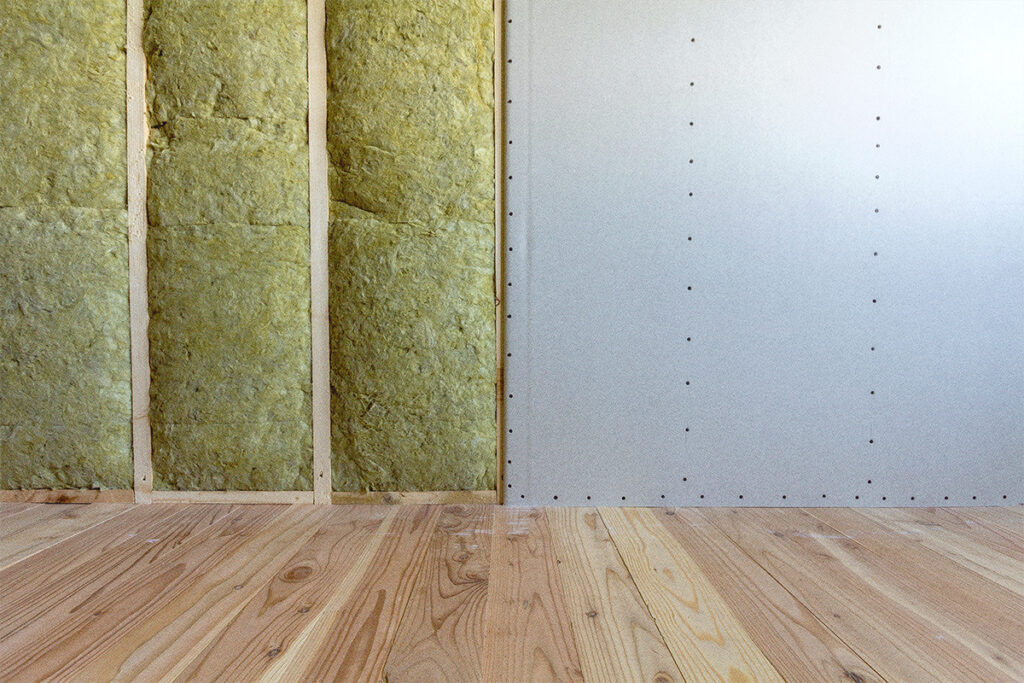Keep reading about similar topics.



Symptoms of “sick building” syndrome include “headache; eye, nose, or throat irritation; dry cough; dry or itchy skin; dizziness and nausea; difficulty in concentrating; fatigue; and sensitivity to odors”.1
These symptoms can develop after long-term exposures, or they can occur after a single instance of exposure, as in the case reported by the Minnesota Daily last month.2 Three carpet installers were sent to the emergency room after installing carpeting in an apartment building intended for student housing near the University of Minnesota. The workers could not tell doctors what they were exposed to because the carpeting did not include a complete list of contents. To find out, the workers first measured the air quality with a device ordered off of Amazon, which immediately “jumped to red” when exposed to the carpeting. The Minneapolis Building and Construction Trade Council then sent carpet samples to a lab for emissions testing. This testing found total volatile organic compounds (TVOCs) at levels that “significantly exceed” typical levels in the air. The chemicals noted on the report included some on the Minnesota Department of Health list of Chemicals of High Concern.3
What we know is that there is no law or regulation that requires building product manufacturers to disclose all product content. One of the workers interviewed for the report said he has persistent symptoms including impaired memory function, ringing in his ears, and fatigue. Because current regulations will not protect consumers, workers, or building occupants from toxic chemicals in building products, it is up to building owners, designers, specifiers, architects, other AEC professionals to know better, so we can do better. This story highlights the need for full disclosure of building materials. Until that becomes the norm, use our InformedTM product guidance to identify building products–like carpet–that are healthier for people and our planet.

After ventilating the student housing building in Minneapolis, the city’s initially “high chemical readings” dropped. According to the Minnesota Daily article, the city’s inspections show the levels are now safe. Meanwhile, one of the workers who was initially sickened by the incident was an independent contractor and therefore ineligible for workers’ compensation for the symptoms he is still experiencing months later. This and future incidents are preventable. Safer selection of materials begins with product transparency.